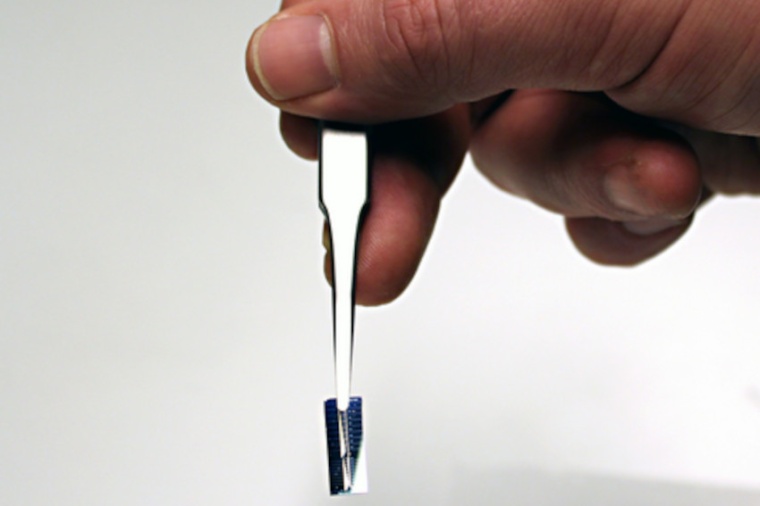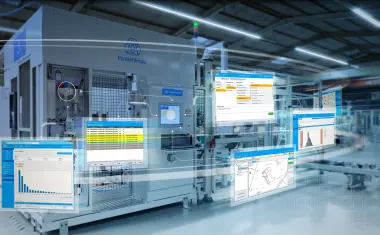Combining light with sharper teeth
Deeper understanding of how the line width in microcombs works.
Microcombs have widely differing application areas – they can help us discover planets outside our solar system as well as track diseases in our bodies. New research results at Chalmers University of Technology, Sweden, now give a deeper understanding of how the line width in the combs works, something that will, among other things, enable even more precise measurements in the future.

Today, virtually all optical measurements can be linked to light frequencies, and this gives the microcombs a plethora of different application areas – everything from calibrating instruments that measure signals at light-years distances, to identifying and keeping track of our health via the air that we exhale. “Laser frequency combs have revolutionized research that relies on frequency metrology,” says Victor Torres Company at the Department of Microtechnology and Nanoscience at Chalmers University of Technology.
A key question when working with microcombs is how narrow the frequency comb lines are. The prevailing view until a few years ago was that the lines cannot be narrower than the input light from the laser. When researchers began to examine this more in depth, it was discovered that the lines located farther out from the laser are a little wider than the centrally located lines. Noise sources in the microresonator were thought of as the reason for this. When Fuchuan Lei tested these theories and ran the experiments with devices fabricated at the Chalmers Nanofabrication Laboratory facilities, he discovered that some of the lines were in fact narrower than the light of the laser source itself. He traced all noise sources that can influence the linewidth or the purity of the lines, repeated the experiments and continued to receive the same result.
“We didn't understand why but based on these results we developed a theoretical model that explained what happened, did simulations, and confirmed via experiments that our model was correct”, says Victor Torres Company. “Earlier on it was not clear how the different noise mechanisms would affect the linewidth of the comb lines in the micro comb.” “At first we thought something must be wrong, but once we had our theory in place everything was clear”, says Fuchuan Lei. How narrow the markings are in a microcomb has great significance in how it can be used. A microcomb with narrowly placed markings allows for even more precise measurements, and that is why understanding why the lines are narrower is a key issue in the development of microcombs.
Victor Torres Company compares it to rulers made of different kinds of materials. “Imagine you would draw markers with some chalk versus if you would do it with a pencil. You can define a grid, you can define the spacing, but with a pencil you can measure more precisely because then you have your ruler with very well-defined marks”, he says. What was originally an interesting curiosity discovered by the researchers, came to reveal the physical mechanisms of what causes the lines in the microcomb to vary in linewidth. “Thanks to our research and publication, those who work with the design of this type of devices will understand how the different noise sources affect the different parameters and the performance of the microcomb”, says Victor Torres Company. (Source: Chalmers U.)











